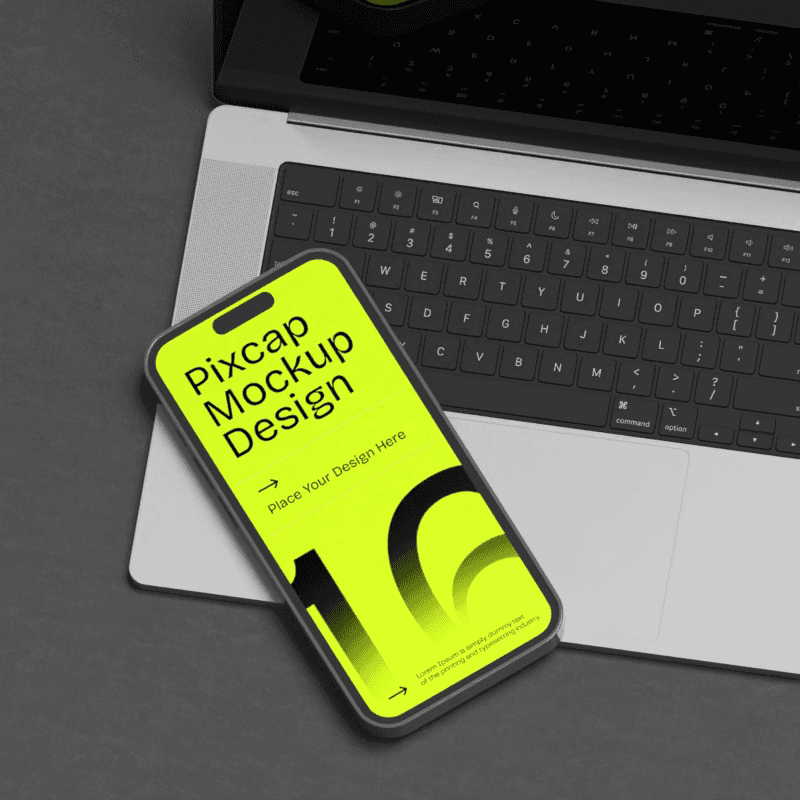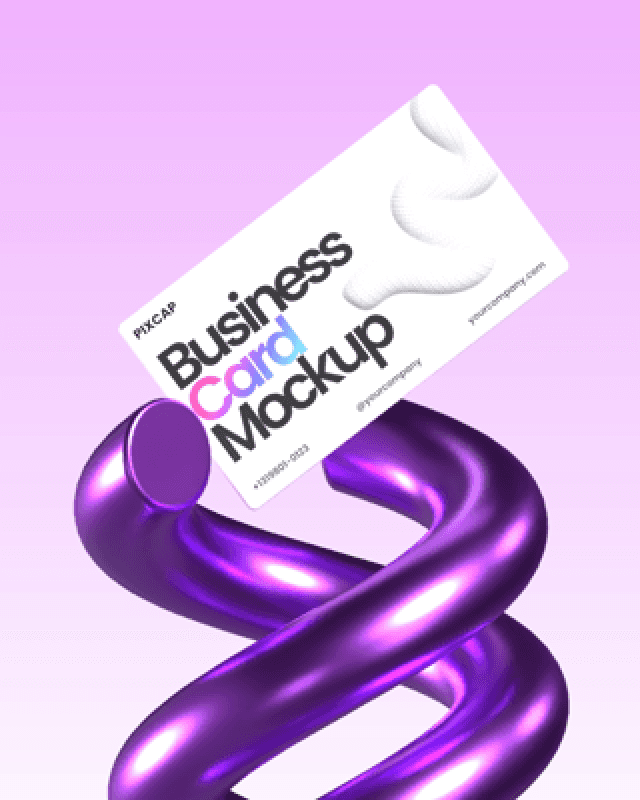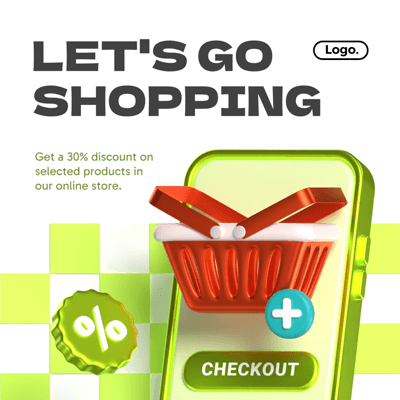Graphic design trends 2024 have the power to transform and elevate the quality of 3D models, creating visually stunning and engaging experiences. In this article, we will explore the top 5 graphic design trends that can enhance your 3D models and take them to the next level.
Whether you are a professional 3D designer, a small to medium-sized enterprise looking to incorporate 3D models in your marketing, or an advertising agency in need of visually appealing content, these five web design trends will provide you with the tools and inspiration to create captivating and cutting-edge designs.
Join us as we delve into the world of graphic design and discover how these trends can bring your 3D models to life.
Introduction: The Rising Importance of 3D Modeling
The Surge in Popularity of 3D Design
3D design has seen a rise in popularity across various industries, largely due to technological advancements and the growing demand for highly interactive and immersive content.
In sectors such as gaming, animation, and virtual reality, 3D models have become the standard, offering a depth of experience that 2D simply cannot match. The capabilities of modern software and hardware allow for intricate designs that are more realistic and detailed than ever before.
This surge is not just limited to entertainment; it extends to education, healthcare, and architecture, where lifelike 3D models provide valuable visual aids and simulations.
Additionally, as online platforms become more sophisticated, the use of 3D models in marketing and advertising is increasingly becoming a powerful tool to capture audience attention and communicate complex ideas effectively.
Relevance of Top Graphic Design Trends for 3D Models
Understanding and applying the latest graphic design trends is crucial for creating 3D models that resonate with contemporary audiences. These trends reflect the evolving tastes and cultural shifts that influence consumer behavior and expectations.
By integrating modern graphic design trends into 3D modeling, designers can produce works that are not only aesthetically pleasing but also culturally relevant. This relevance can help 3D models achieve a greater impact in marketing campaigns, product designs, and interactive media.
For businesses, staying ahead of these trends is a competitive advantage, enabling them to present their products or services in the most attractive light possible. For the graphic designers themselves, it's a matter of professional growth, as incorporating these trends showcases their ability to adapt and innovate in a rapidly changing digital landscape.
Graphic Design Trends #1: Minimalism in 3D Design
The Appeal of Simplicity
Minimalism is a graphic design trend that is gaining traction for its clean, uncluttered approach that focuses on the essence of the subject. This graphic design trend appeals to audiences because it delivers a clear and direct message, free from the noise and distraction of overly complex elements.
Simplicity in design helps viewers to quickly understand and connect with the visual content. In the context of 3D models, minimalism can enhance the object's form, letting the quality of the design speak for itself without relying on excessive details. This approach can also make 3D models more versatile, allowing them to be easily integrated into different settings or used across various media platforms.
Additionally, minimalist designs are often timeless, avoiding the pitfalls of trendiness that can date a model or a campaign. For businesses and designers, adopting minimalism can result in a sophisticated and impactful presentation of their 3D content.
Application of Minimalism in 3D Models
Incorporating minimalism into 3D models requires a disciplined approach to design, where every element serves a purpose. To apply this principle, graphic designers often start by stripping away unnecessary details to reveal the core structure of the model.
The focus is on geometric shapes, clean lines, bright colors and a restricted color palette, which together create a harmonious and balanced composition. Minimalist 3D models are not just about what is visible; they also consider the negative space, which plays a crucial role in the overall perception of the object.
This design philosophy can improve the user experience by making models easier to interpret and interact with, especially in user interfaces and virtual environments. For businesses, minimalist 3D models can be faster to render and more cost-effective to produce, while still delivering a powerful visual impact that aligns with modern consumer preferences.
Graphic Design Trends #2: Bold Colors and Textures
The Power of Vibrant Colors
Vibrant colors have a significant impact on the appeal of 3D models, making them stand out and capture attention - which is why it is one of the newest graphic design trends. When used strategically, bold colors can convey emotions, set the tone of the design, and create a memorable visual experience.
In the realm of 3D design, the use of vibrant colors can also help to highlight specific features or areas of interest within a model. This can be particularly effective in marketing and advertising, where companies aim to draw the viewer's eye to a product or message using vibrant colors.
Moreover, the psychology of color can be leveraged to evoke certain responses; for instance, red can signify energy and urgency, while blue can evoke feelings of trust and stability. Using a palette of bold, saturated colors can breathe life into 3D models, making them more dynamic and engaging for the viewer.
Adding Depth with Textures
Textures in 3D design serve as a crucial component to add depth and realism to models. When applied thoughtfully, textures and materials can simulate natural surfaces like wood grain, stone, fabric, and more, giving a tactile feel even in a virtual space.
The interplay of light and shadow on textured surfaces can greatly enhance the visual richness and detail of a 3D model. For instance, a rough texture can absorb light, while a smooth, reflective texture can create highlights and glossy effects. This addition of depth through textures is particularly valuable in industries such as gaming and virtual reality, where immersive environments are paramount.
Textures can also convey the quality of a product in e-commerce platforms, allowing customers to get a better sense of what they are purchasing. In essence, textures bring a sensory dimension to 3D models, making them more appealing and realistic to the audience.
Graphic Design Trends #3: Retro Futurism
Merging Past and Future in Design
Retro futurism is a serious graphic design trend that blends vintage aesthetics with futuristic elements, creating a nostalgic yet innovative visual style. This fusion allows graphic designers to tap into classic design motifs and reinterpret them through the lens of modern technology.
In 3D design, this can manifest as models that incorporate both old-fashioned design elements and sleek, futuristic details. For example, a 3D model of a car might feature the body shape of a classic 1950s vehicle, enhanced with futuristic interface elements or materials.
The juxtaposition of past and future can generate a sense of familiarity while also suggesting advancement and progress. This duality is not only visually striking but can also evoke a range of emotions and connections with the audience. Retro futurism in 3D models can appeal to those who appreciate the charm of the past but also look forward to the possibilities of the future.
Incorporating Retro Futuristic Elements into 3D Models
Incorporating retro futuristic elements into 3D models involves a creative blend of old-world aesthetics with speculative futuristic concepts. This process begins with identifying iconic elements from past eras, such as the streamlined, organic shapes of mid-century design or the neon palettes of the 80s, and then reimagining them with a modern twist.
Designers can integrate advanced materials, like carbon fiber textures or holographic surfaces, to infuse a sense of the future. Lighting plays a crucial role as well, with neon glows and LED effects creating a bridge between the familiar and the novel.
By doing this, 3D models can evoke a sense of nostalgia while also appearing innovative and forward-thinking. This retro-futuristic approach is particularly effective in advertising and media, where the goal is to stand out and make a lasting impression. It's a creative challenge that, when executed well, results in 3D models that are both reflective and visionary.
Graphic Design Trends #4: Surrealism and Abstract Designs
Invaluable Tool for Storytelling
Surrealism and abstract designs in 3D modeling have emerged as graphic design trends and invaluable tools for storytelling, allowing for the expression of concepts and narratives that go beyond the constraints of realistic depiction. These styles can communicate complex ideas and emotions through visual metaphors and symbolism that resonate with viewers on a deeper level.
Surreal 3D models can juxtapose unexpected elements to create striking, dream-like scenes, while abstract designs can focus on form, color, and texture to evoke a particular mood or theme. Utilizing these approaches in 3D art can lead to unique and memorable experiences that captivate the audience's imagination.
For brands, these styles can be particularly effective in differentiating their messaging and creating a strong emotional connection with their audience. Surrealism and abstraction push the boundaries of traditional storytelling, offering new ways to engage and inspire through the power of visual narrative.
Enhancing 3D Models with Abstract Imagery
Enhancing 3D models with abstract imagery involves moving away from literal representation to focus on the emotional and conceptual aspects of graphic design.
This can be achieved through the use of non-traditional forms, bold color schemes, abstract shapes, and imaginative compositions that challenge the viewer's perception. Abstract elements in 3D models can convey movement, energy, and dynamism, or create a sense of calm and tranquility, depending on the designer's intent.
The use of abstract imagery in 3D design can also simplify complex ideas, making them more accessible and understandable. For instance, a 3D model depicting an abstract interpretation of data can make the underlying information more engaging and easier to digest.
By incorporating abstract imagery, graphic designers and marketers can create 3D models that not only capture attention but also communicate messages in a visually impactful and emotionally resonant way.
Graphic Design Trends #5: Isometric Design
Advantages of Uniformity and Precision
Isometric design in 3D modeling is celebrated for its ability to deliver uniformity and precision. This design trend uses a method of projection where the three axes appear equally foreshortened and the angle between any two of them is 120 degrees.
This results in a distinct visual aesthetic that does not distort with perspective, allowing for clear and detailed illustrations that are more representative of technical accuracy. Isometric designs in 3D offer a unique blend of dimensionality and clarity, making them especially useful for instructional materials, infographics, and complex visualizations where every detail matters.
Additionally, this style of data visualization can make designs appear less cluttered and more organized, which enhances user experience in both digital and print media. For technical fields such as engineering or architecture, isometric 3D models can provide a clear, comprehensible representation of concepts that might otherwise be challenging to convey.
Transforming 3D Models with Isometric Design
Isometric design can transform 3D models by providing a unique perspective that combines the depth of 3D with the simplicity of 2D. This approach allows for a stylized representation of reality that is consistent and measurable, characteristics that are highly valued in technical fields such as architecture and game design.
When applied to 3D models, isometric design can simplify complex scenes into more digestible and visually appealing images that still maintain a sense of three-dimensionality. It's particularly effective for creating environments in video games, where the isometric view can give players a comprehensive overview while maintaining a detailed world.
For educational and marketing materials, isometric graphic design style aids in clarifying information and guiding the viewer's focus to specific aspects of the model without the distraction of perspective shifts. This method offers a balance between detail and clarity, making it a powerful tool for visual communication.
Conclusion: The Future of 3D Design
Embracing Changing Graphic Design Trends
The future of 3D design is closely tied to the continuous evolution of graphic design trends in 2024. As these trends shift and change, they bring with them new opportunities for innovation and creativity in the 3D space.
Embracing these changes is essential for designers who want to remain relevant and produce work that resonates with contemporary audiences. Keeping abreast of emerging trends allows designers to anticipate market demands and respond with fresh, exciting designs.
For businesses, staying on the cutting edge of graphic design world can be a significant differentiator, setting them apart in a crowded marketplace.
Moreover, adapting to new trends often involves embracing new technologies and techniques, which can lead to more efficient workflows and better-quality outcomes. As we look to the future, the willingness to adapt and explore the potential of new design trends will continue to drive the industry forward.
Looking into the Future of 3D Design
Looking into the future of 3D design reveals a landscape ripe with potential for groundbreaking work. The convergence of design trends with advancements in technology suggests that 3D models will become even more life-like and interactive.
We can expect to see further integration of virtual and augmented reality, where 3D design will play a pivotal role in creating immersive environments for users. Additionally, the growing capabilities of artificial intelligence and machine learning will likely streamline the design process, enabling the creation of complex models with increased efficiency and less manual input.
For professionals in the industry, ongoing education and experimentation with new tools and techniques will be key to leveraging these advancements. As 3D design continues to permeate various sectors, from entertainment to education, its influence on visual communication and storytelling will only grow, shaping the way we experience and interact with digital content.














